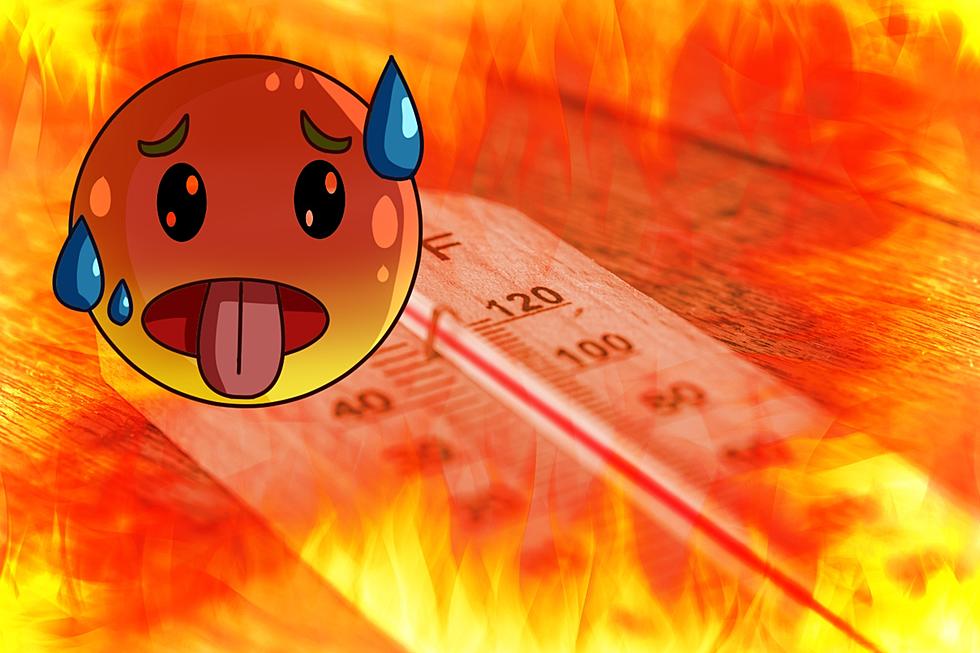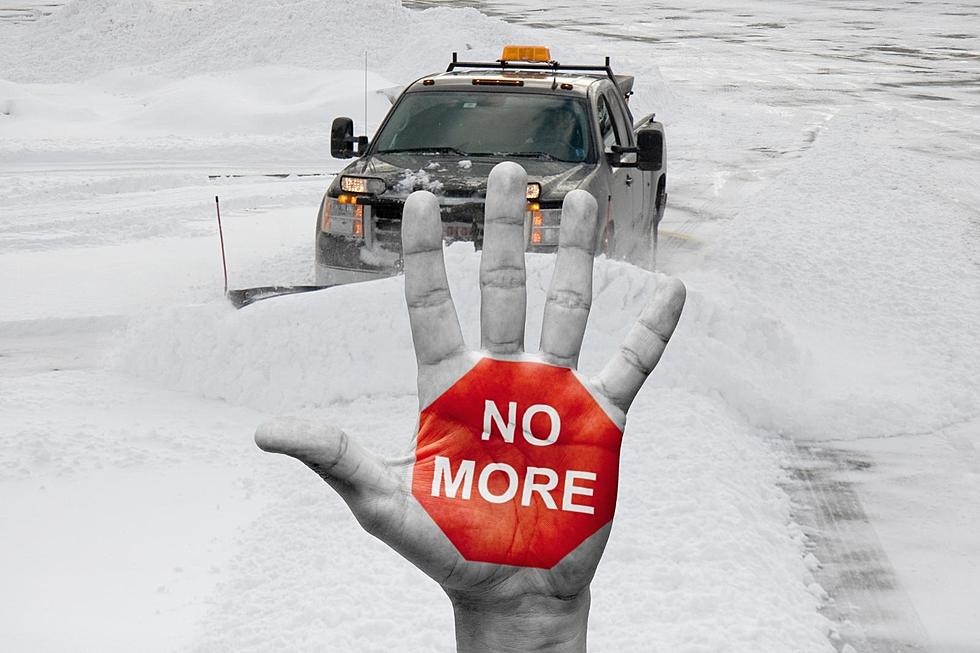
Beware-Red Flag Warning for Dangerous Fire Weather Conditions in PNW
A Red Flag Warning remains in effect till 8 pm for eastern WA and northeast OR.

The Red Flag Warning is for the Lower Columbia Basin, Yakima, and Kittitas Valleys, and for the eastern Columbia River Gorge. According to the The National Weather Service in Pendleton, a strong cold front is sweeping across the area and high winds are a major concern. Motorists should be aware of patchy blowing dust, especially near construction sites and newly plowed fields. Visibility on the road will be difficult at times, due to high winds.
A wind advisory is in effect till 10 pm for the Kittitas Valley.
Strong northwest winds at 25-35 mph will continue for much of the day and gusts of up to 45-mph and more could be hazardous. The combination of gusty winds with low humidity threatens areas with an increased risk of fire and rapid spread. Today is not a good day for any outdoor burning.
A Red Flag Warning means that critical fire weather conditions are either occurring now, or will shortly. A combination of strong winds, low relative humidity, and warm temperatures can contribute to extreme fire behavior.
Never throw cigarettes out of a moving vehicle. If you should encounter a dust storm, it may be necessary to pull over off the roadway. Stop and set the emergency brake.
LOOK: The most extreme temperatures in the history of every state
KEEP READING: Get answers to 51 of the most frequently asked weather questions...
LOOK: The most expensive weather and climate disasters in recent decades
More From 98.3 KEYW









